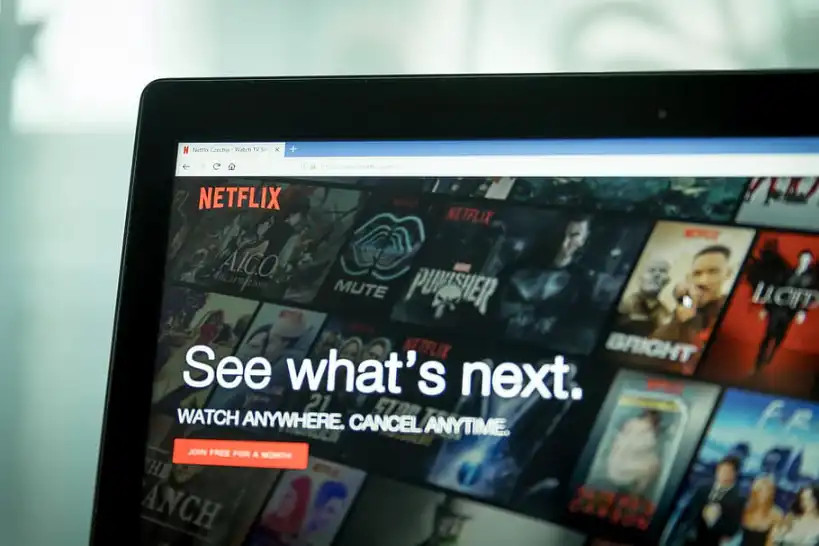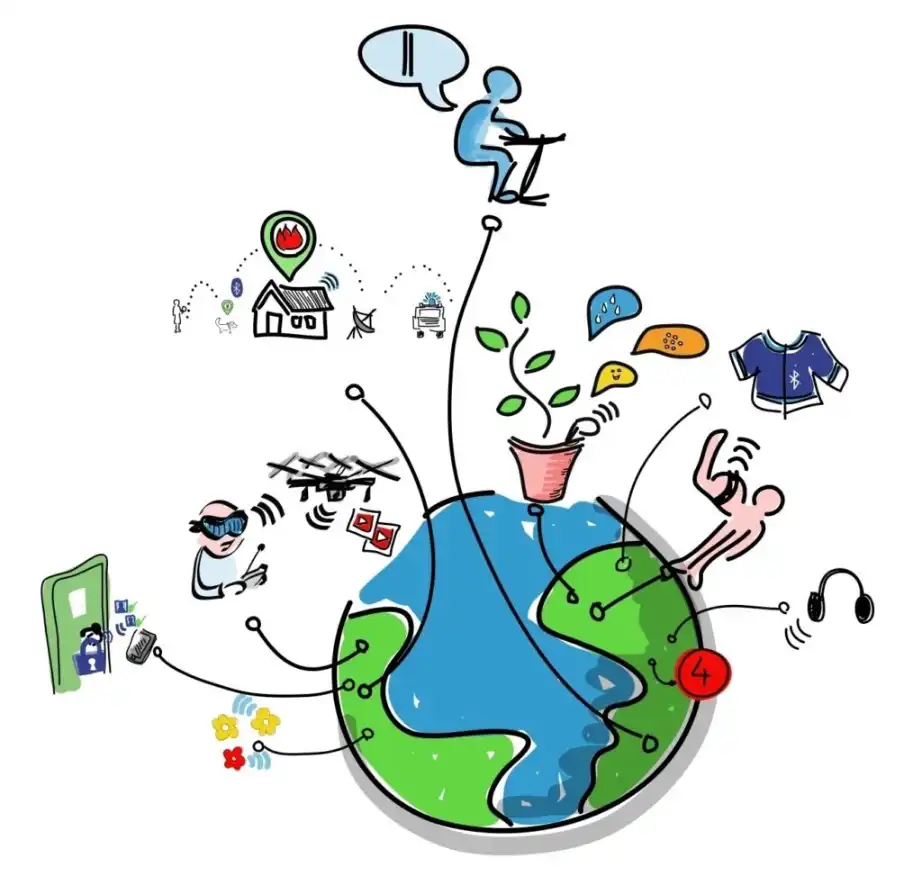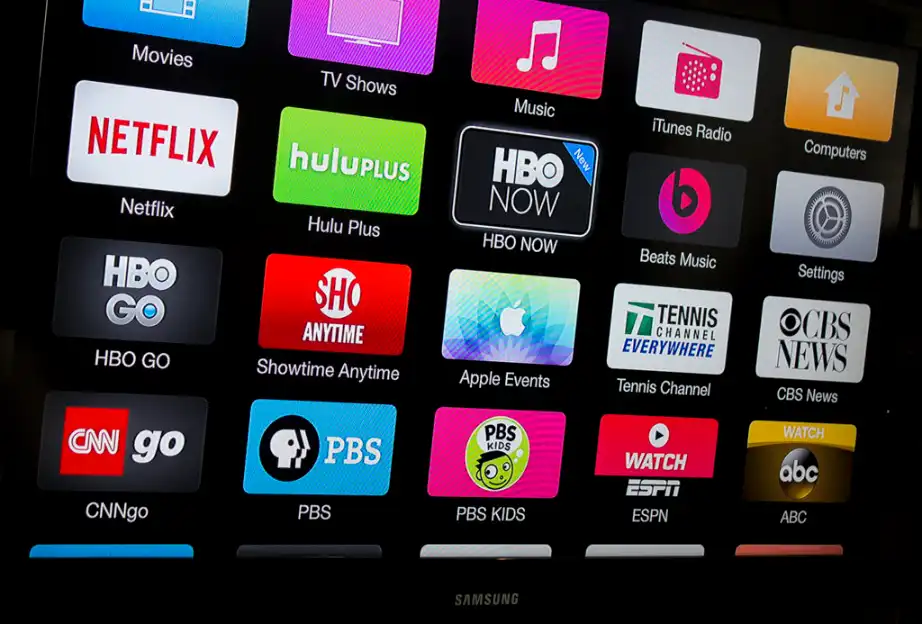It's been a long time since I encountered a company operating in a digital world that wouldn't consider shifting to a subscription model, at least partially.
Moreover, businesses that up until now worked exclusively offline increasingly often decide to digitize precisely to get into subscriptions.
What makes the subscription model so attractive? Why do global corporations like Microsoft, Amazon, Adobe, and thousands of ambitious startups worldwide choose it?
In which markets is the subscription distribution most likely to succeed? And finally — what to pay attention to while introducing a company to the world of subscriptions?
We've already described how the subscription model works in the article in The Story Journal, and you can also find more details about it in the first chapter of the report "Subscriptions PL" published in July 2019 by Straal, Digital Poland Foundation, and a coalition of corporate partners.
With that said, I won't focus on theoretical discussions and definitions of terms but on practical aspects of running a business based on subscriptions.

Why is it worth implementing the subscription model?
From a business perspective, the strength of the subscription model has its source in three elements: stability, inclusiveness, and growth potential.
Stability directly stems from the repetitiveness and predictability of revenue provided by the subscription contract.
Inclusiveness comes from the increased availability of products — resulting from a reduced "entry threshold."
The growth potential is, on the one hand, an effect of the openness of the offer to new groups of potential customers and, on the other hand, the ability to effectively increase sales within the existing customer base without an expensive customer acquisition process. Does that sound complicated?
Let me explain.

Predictability means stability: subscriptions and business planning
Let's start with stability. In the subscription model, the conversion occurs when a customer saves their credit card in the system of a payment provider to allow the seller to automatically charge it regularly based on a specified plan.
The object of the transaction is not, as in traditional trade, a specific good but a service providing access to a specified way of fulfilling a need. So, a customer doesn't buy water but a service that allows them to quench their thirst.
Since a subscription contract lasts a determined amount of time and the saved credit card is a certain assurance from a customer that they want to fulfill their commitment by paying cyclically, the conversion rate is not the end of the contact between a customer and a brand but its beginning.

With a set number of subscriptions, a company can determine with a relatively high degree of accuracy what revenue it will receive over the next few or several months.
Naturally, such calculations should include the growth of the customer base and the percentage of people who will, intentionally or not, cancel their subscription.
Nevertheless, subscription revenues are much more predictable than those generated by the traditional (so-called pay-per-product) model.
This predictability doesn't only regard profits but a whole spectrum of resources needed for a business to function.
The knowledge of the approximate number of service users in the perspective of a few or several months makes it possible to optimize costs associated with purchases of raw materials or semi-finished products, storage, shipping, employment, etc.
Subscriptions — a gateway to new markets
Another advantage of subscriptions is their inclusiveness. Thanks to subscriptions, companies offering high-priced products to the end user can direct their offer to a broader consumer group, including people who, until now, were omitted because of their insufficient wealth.
The mechanism of consumer inclusion is perfectly illustrated by the industry of providers of professional software, for instance, graphic design.
Before subscriptions, licenses for some programs cost several thousand dollars, and on average, they needed to be updated every two years. As a result, only relatively successful companies could afford to buy these products legally.
Today, thanks to the subscription model, you can access specialized software for even a few dozen dollars a month with a guarantee of using the newest version.
As a result, the target market of graphic design software providers has been enriched by powerful segments of micro-businesses, freelancers, and individuals — hobbyists. Another good example is car subscriptions increasingly offered online.
Consumers, instead of spending tens of thousands of dollars on a new car that will lose several to dozens of percent of its value by the time it leaves the dealership or taking out a loan that will negatively impact their financial condition, can ride their new car for several hundred dollars per month.
The only difference compared to a loan or lease is that they won't be able to take possession of the car at the end of the subscription. In this way, the automotive industry acquires a vast group of potential customers interested in a new car but not in taking out a loan for it.
Inclusivity also has considerable social significance. The subscription model makes it possible to raise consumers' living standards without putting them into debt.
VoD and music platforms provide, for a small recurring fee, unlimited access to enormous databases of various types of songs, thus democratizing culture.
These aspects should also be remembered, although they're rarely mentioned in analyses.
Growth through cross-selling
As I mentioned, the impressive growth potential characterizing the subscription model is a product of the above-described inclusiveness and ability to run effective sales within the existing customer base.
The latter is of particular importance. Selling to already acquired customers is cheaper than obtaining new ones.
This is partly because the acquired customers know the brand and have an established opinion about it (even if it is, to some extent, a justification of their own purchasing decisions) and partly because the company understands better customers who already use its services. It allows it to better tailor the offer to the needs and requirements of buyers.
For example, a company offering a subscription for delivery of dog food will be able to introduce, for example, cosmetics for four-legged friends with high effectiveness and thus begin commercialization with customers who have so far ordered only food from it.

What is the best industry for subscriptions?
The abovementioned examples that illustrate the various mechanisms are so diverse that they naturally raise the question of what industries are best suited for the subscription business. Unfortunately, it's impossible to answer this question simply and thoroughly.
The subscription model can be effectively used in any industry. It's crucial how it will be used.
As a rule, the subscription model works particularly well in two cases. When it's used to fulfill a recurring need or when it makes it possible to use expensive products or services relatively cheaply.
When designing a subscription product — regardless of industry — you need to consider the following:
- Continuity/repeatability of the need it fulfills
- Repeatability of the value it brings (e.g., software updates)
- Exploitation requirements (e.g., the need to refill toner in a printer)
- Subscription exclusivity (whether the product can be bought without a subscription).
Of course, some industries seem destined for subscriptions (e.g., IoT solutions). However, I would not risk stating that this is where new subscription-based businesses will work best.
History shows that the biggest successes are achieved by companies introducing innovation in the most unobvious places. The key here is "how," not "where." So, how?

How to gain an edge in the subscription race?
There is no ready-made recipe for success in any business. If it existed... Nobody would be successful. However, it's worth considering what plays a crucial role in competing in the subscription market. In what aspects do you need to get ahead of the competition so that it translates into an advantage overall?
Short amortization and long retention
Retention — an indicator that determines the ability of a company to keep existing customers. It signifies a percentage of consumers who made a recurring purchase or used the service again.
As I mentioned, in the subscription model, conversion is the beginning and not the end of the relationship with a customer. In traditional trade, the seller receives all revenue generated by a single customer once — when the transaction is successfully completed.
In the subscription model, generating revenue is spread over time. The value of a customer is determined by the CLV indicator (Customer Lifetime Value). It shows how much money will be generated by a membership of a given customer lasting a determined amount of time.
Thus, how long the customer needs to pay for a subscription to balance the cost of acquiring them and start to generate profits and to keep the customer subscribing for as long as possible is crucial from a business perspective.
In traditional trade, most of the company's effort was focused on acquiring as many new customers as possible and continuously compelling those who had already purchased to return. In the subscription model, it's important to care for the satisfaction of existing customers, build a bond with them and ensure they won't go to the competition.

Although spreading revenue over time is risky and can cause a particular group of customers to resign before their cost pays off (and the company already spent money on acquiring them), operating in the subscription model creates conditions to profoundly get to know and understand a customer and simultaneously minimize outflow of users.
Keeping customers is not enough. Even though a customer has decided to subscribe, their potential still has yet to be exhausted.
Up-selling and cross-selling
Knowing and understanding your acquired customers well creates the conditions for effective up-selling and cross-selling within your existing subscriber base.
As I mentioned at the beginning, one of the main advantages of the subscription model is its growth potential. Simply put, Up-selling involves convincing customers to upgrade to a more expensive plan.
Cross-selling is selling to customers additional products or complementary services to already possessed ones. Reaching out to active subscribers from a seller's perspective is very cheap.
All that it takes is to use internal communication channels. Moreover, the analysis of how users use the subscribed services allows you to match target groups to specific elements of the offer.
What should you watch out for when introducing the subscription model?
When deciding to run a business in the subscription model, you should pay attention to a few matters which, when neglected, can have painful consequences for the company.
1. Communication and customer service
Primarily you should ensure a clear presentation of a billing model. The customer needs to be fully aware that they’re buying a subscription and saving their credit card to be automatically charged based on a chosen pricing plan and that they don't make a one-time purchase of a product or service.
In addition, the customer must be informed of the possibility of withdrawal from the contract, that is, resigning from the subscription, and the procedure of "signing out" should be easy and clear.
Contrary to various myths, making it difficult to resign doesn't improve retention; instead, it negatively affects the brand's reputation.
Unclear communication of a billing model and making it hard to resign from the subscription can lead to chargebacks, that is, requests for the return of funds through a bank or credit card issuer.

2. Optimization of the charging process
It's worth remembering that even with perfect communication, payment processors will decline some transactions. There are many reasons for that.
The most common causes include a lack of funds on the saved credit card, expiration of the card, or a mismatch between the payment processor and the transaction context.
Fortunately, there are ways to reduce the scale of these phenomena effectively. In the case of preventing charging cards with no available funds, there is a possibility of implementing special optimization logic.
Admittedly, this will not prevent the first decline of the card, but it can protect the seller from unsuccessful repeated attempts.
This solution works as follows. The next attempt to charge the card doesn't occur after a fixed amount of time but at the right moment when the chance of successful charging is the highest.
Remember that every declined transaction involves costs for a seller, so charging with as few attempts as possible is significant from an economic perspective. Optimizing this process in some industries allows you to improve the charging of funds by up to 30%.

When talking about expired cards, one way to reduce the impact of this issue is to monitor expiration dates and send customers reminders in advance to update their information.
And finally, the issue of matching a processor to the transaction context. This aspect is probably least understood by "uninitiated" sellers. To understand this concept better, I recommend reading my article on Straal.
Acquiring Banks, also called payment processors, specialized in operating in selected makro regions. Their operation primarily involves efficiently managing risk, which requires perfect knowledge of the circumstances of individual markets.
This geographic focus causes transactions from customers in other countries unfamiliar to a given processor to be sometimes interpreted as suspicious and thus blocked.
For example, while on vacation in Asia, I try to make a purchase from an American seller using a card issued by a Polish bank, and there is a high probability that the payment will fail.
The solution to this problem is to direct transactions to context-appropriate processors (the so-called Smart Routing).
If the mentioned seller used this solution, my transaction would be directed to a processor specialized in operating in Europe and successfully processed.
When deciding to run a multi-international subscription business, it's worth paying attention to context matching.
3. Encouraging activity
Suppose you're introducing a new subscription service to the market that doesn't provide users with physical goods but access to software or databases with digital resources. In that case, it's worth reminding subscribers that they can access it.
If a service is new, it's hard to expect customers to have habits involving it.
Naturally, a well-designed product should answer a recurring need that should turn into an activity. However, reminding customers about a subscription and its benefits is necessary for entirely new services or services that are used along with similar ones, such as VoDs.
Users often resign from subscriptions they don't use, which is obvious.
4. Monetization
To build as large a customer base as possible, many subscription businesses use free trials and so-called freemium, an approach in which the basic version of the service is free, and profits are generated by customers paying for expended packages.
If you opt for a free trial, you must remember that the condition for launching the service should always be the configuration of the payment method, that is, saving the card that will be charged after the free trial.
The card should be verified during the first saving and not during the first charge. As a part of good communication, it's also worth reminding users that their free trial is ending, and they will soon be charged.
Although some will react to it by deleting an account, the majority will appreciate transparency. In turn, by deciding to use freemium — this mainly concerns software — you should pay special attention to the differences between a free service and a paid one.
Functions offered in the free variant should be attractive enough to draw new users with minimal marketing expenses and limited enough so customers would want to switch to paid plans. This is the most difficult task when building a subscription business based on freemium.
You can read about what to pay special attention to when building a subscription business, among other things, in Straal's latest e-book, which I strongly encourage you to download.
Disclaimer
The sample prices presented in the article do not constitute a commercial offer within the meaning of the Polish Civil Code.





